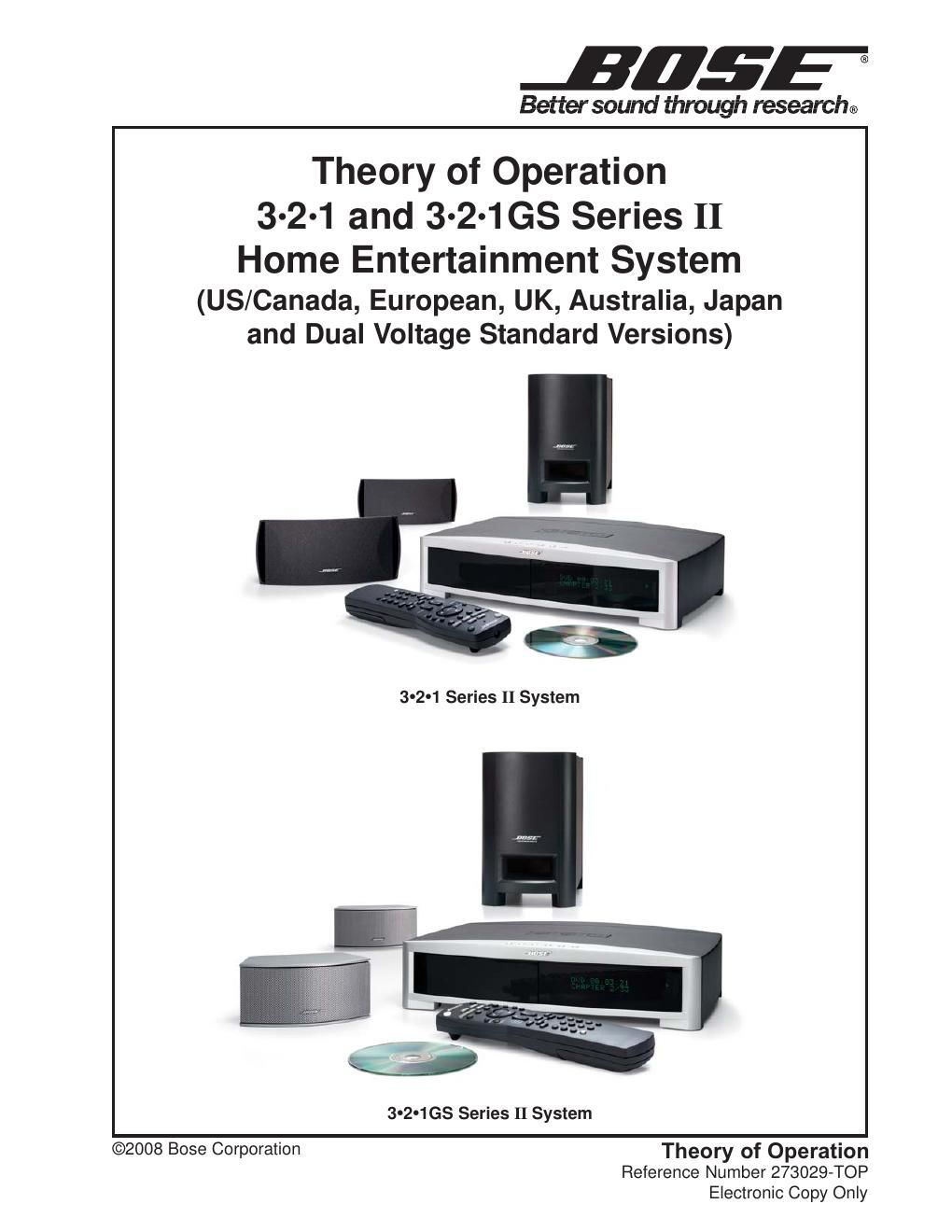Bose 321 273029 top
This is the 25 pages manual for bose 321 273029 top.
Read or download the pdf for free. If you want to contribute, please upload pdfs to audioservicemanuals.wetransfer.com.
Page: 1 / 25
